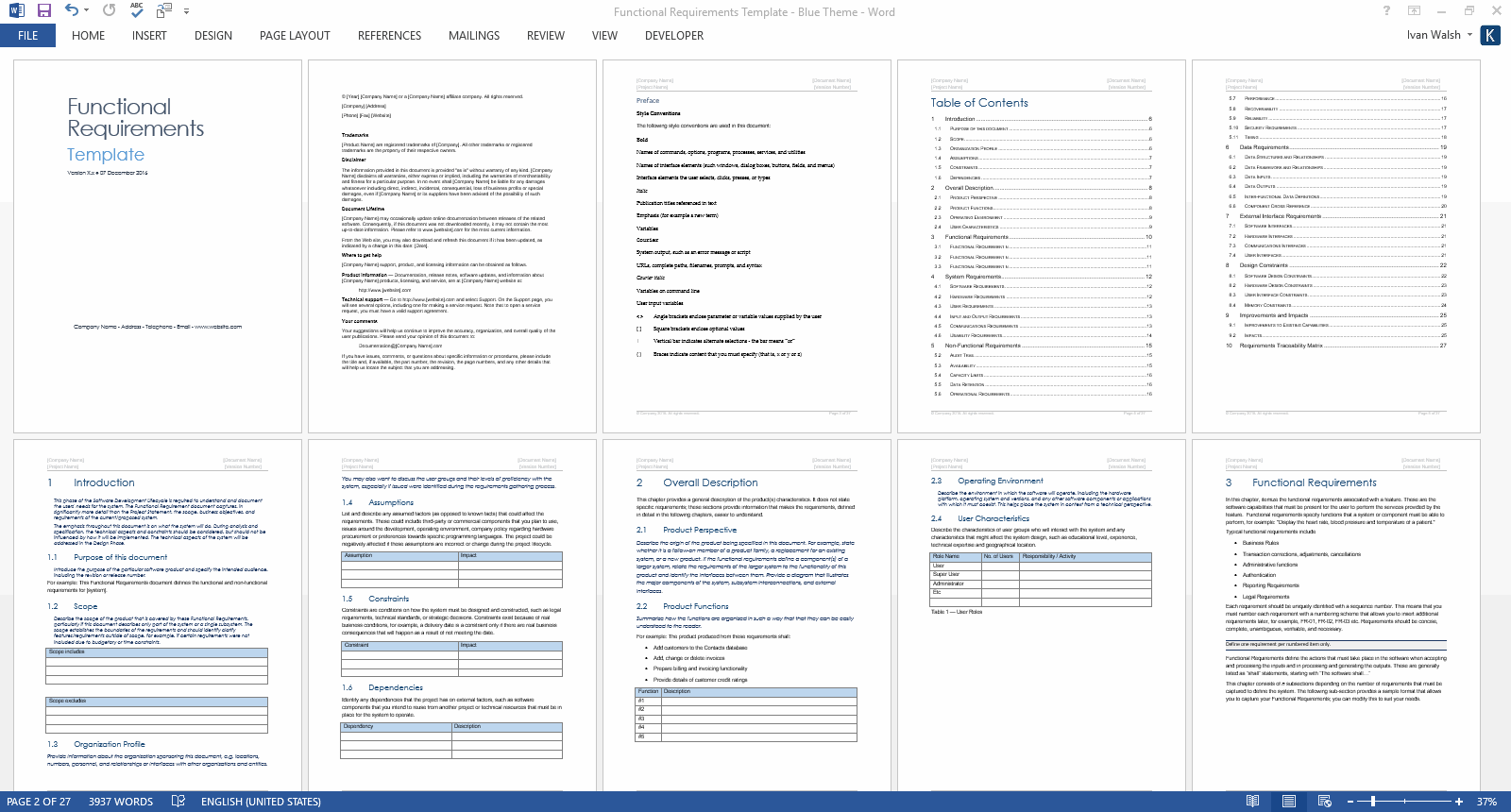
- #Data model capture projects tasks and subtasks how to
- #Data model capture projects tasks and subtasks full
- #Data model capture projects tasks and subtasks software
First, the house building project is subdivided into three large sections that seem to make sense: foundation, exterior, interior. Notice how the rules of building a WBS are applied in this example. This is a work breakdown structure for building a house.
#Data model capture projects tasks and subtasks how to
If you have made your WBS well, there will be no work overlap so responsibilities will be clear.Īs you are thinking about how to make a work breakdown structure, let’s look at an example. Every work package should be assigned to a specific team or individual. Some branches of the WBS will be more subdivided than others, but if most branches have about three levels, the scope of your project and the level of detail in your WBS are about right. Generally speaking, a WBS should include about three levels of detail. When in doubt, apply the “if it makes sense” rule and use your best judgment. In other words, if you report on your work every month, a work package should take no more than a month to complete.
#Data model capture projects tasks and subtasks full
Other rules suggest no more than ten days (which is the same as 80 hours if you work full time) or no more than a standard reporting period. This rule is one of the most common suggestions-a work package should take no less than eight hours of effort, but no more than 80. There are several ways to decide when a work package is small enough without being too small. For example, if you were building a bike, a deliverable might be “the braking system” while actions would include “calibrate the brake pads.” Remember to focus on deliverables and outcomes rather than actions. Doing so would violate the 100% rule and will result in miscalculations as you try to determine the resources necessary to complete a project. Do not include a sub-task twice or account for any amount of work twice. Also, child tasks on any level must account for all of the work necessary to complete the parent task. The work represented by your WBS must include 100% of the work necessary to complete the overarching goal without including any extraneous or unrelated work. Tips for making a work breakdown structureĪs you make a work breakdown structure, use the following rules for best results:

Depending on the nature of your project, start dividing by project phases, specific large deliverables, or sub-tasks.Remember to focus on concrete deliverables rather than actions. Divide the overarching project into smaller and smaller pieces, but stop before you get to the point of listing out every action that must be taken.
#Data model capture projects tasks and subtasks software
This objective could be anything from developing a new software feature to building a missile. Record the overarching objective you are trying to accomplish.Assign responsibilities and clarify roles (and use our roles and responsibilities template to outline duties).Īll of these benefits essentially arise from working with chunks of a project that you can accurately visualize rather than trying to digest and interpret a mysterious and overwhelming task in one fell swoop.Write a statement of work (or SOW, one of your other acronyms).Determine a project timeline and develop a schedule.There are a number of reasons why breaking down a large project is beneficial. If you're still unclear on what is a work breakdown structure, it looks something like this: Work Breakdown Structure Example (Click on image to modify online) These deliverables may also be called work packages, tasks, sub-tasks, or terminal elements. Rather than focusing on individual actions that must be taken to accomplish a project, a WBS generally focuses on deliverables or concrete, measurable milestones. A work breakdown structure starts with a large project or objective and breaks it down into smaller, more manageable pieces that you can reasonably evaluate and assign to teams. This is a foundational tool that will help you to plan, manage, and evaluate large projects, so let’s learn a little bit more. In project management, WBS stands for work breakdown structure. You start at the bottom and think to yourself, “What does WBS stand for?" But now you are left to ponder over your list. Worse than anything, your co-workers hurl acronyms left and right, and there’s not enough time for you to look one up before a new one is casually tossed onto the field-QCD, PMBOK, ACWP, QFD, RBS, SOW, SWOT, FPIF, and WBS.

It’s your first dive into the world of project management and everyone around you seems to be speaking a different language.


 0 kommentar(er)
0 kommentar(er)
